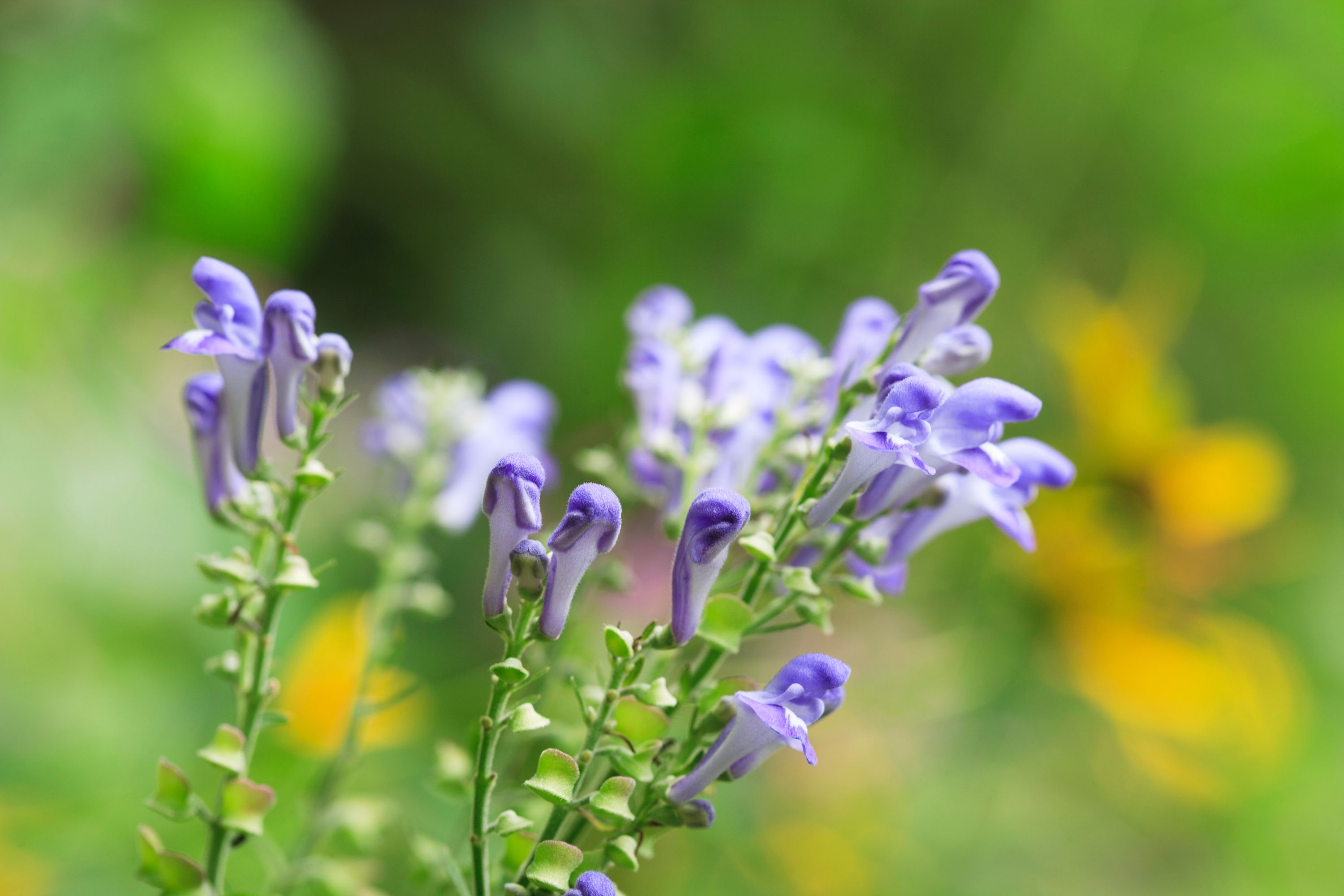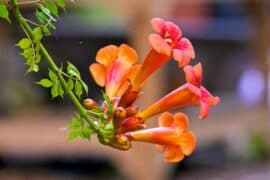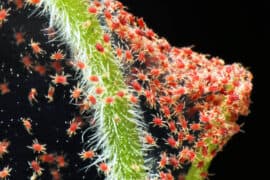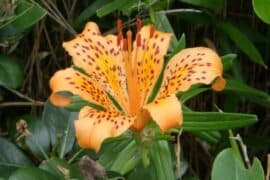Scutellaria brevibracteata
(Scutellaria brevibracteata)

Description
Scutellaria is a genus of flowering plants in the mint family, Lamiaceae. They are known commonly as skullcaps. The generic name is derived from the Latin scutella, meaning "a small dish, tray or platter", or "little dish", referring to the shape of the calyx. The common name alludes to the resemblance of the same structure to "miniature medieval helmets". The genus has a subcosmopolitan distribution, with species occurring nearly worldwide, mainly in temperate regions. Most are annual or perennial herbaceous plants from 5 to 100 cm (2 to 39 in) tall, but a few are subshrubs; some are aquatic. They have four-angled stems and opposite leaves. The flowers have upper and lower lips. The genus is most easily recognized by the typical shield on the calyx that has also prompted its common name. Skullcaps are common herbal remedies in systems of traditional medicine. In traditional Chinese medicine they are utilized to "clear away the heat-evil and expel superficial evils". Scutellaria baicalensis in particular is a common component of many preparations. Its root, known as Radix Scutellariae, is the source of the Chinese medicine Huang Qin. It is still in demand today, and marketed in volumes that have led to the overexploitation of the wild plant. Its rarity has led to an increase in price, and encouraged the adulteration of the product with other species of Scutellaria. In North America, Scutellaria lateriflora became a common treatment in America for rabies. Today it is still a popular medicinal herb. It is widely available as a commercial product used in western herbalism to treat anxiety and muscle tension. The plant reportedly commands prices of $16 to $64 per pound dry weight.
Taxonomic tree:







